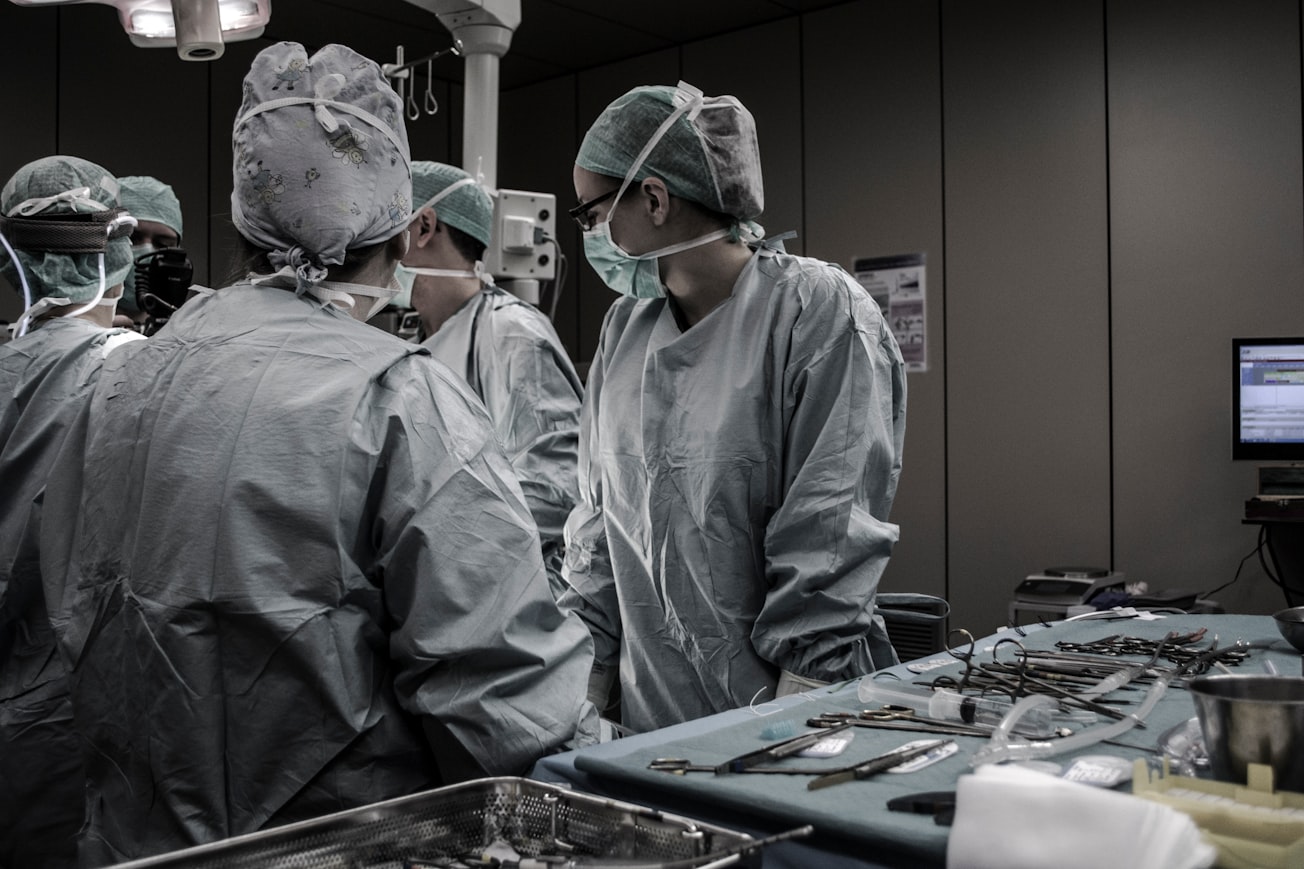What is it about?
This article presents a perspective on the importance of the autopsy in medical practice and science based on direct experiences of myself and my colleagues as physician-scientists involved in autopsy practice. Our perspectives are presented on the seminal contributions of the autopsy in the areas of cardiovascular disease, including congenital heart disease, atherosclerosis, coronary artery disease, and myocardial infarction, and infectious disease, including tuberculosis and viral infections. On the positive side of the future of the autopsy, we discuss the tremendous opportunities for important research to be done by application of advanced molecular biological techniques to formalin-fixed, paraffin-embedded tissue blocks obtained at autopsy. We also note with concern the countervailing forces impacting the influence of pathology in education and clinical practice at our academic medical centers, which also present impediments to increasing autopsy rates. Our challenge as academic pathologists, whose careers have been molded by involvement in the autopsy, is to counter these trends. The challenges are great but the benefits for medicine and society are enormous.
Featured Image

Photo by Piron Guillaume on Unsplash
Why is it important?
Historically, the autopsy has fulfilled multiple purposes including those pertinent to medical care (diagnostic-related groups, quality assurance, and total patient care), body of medical science (research, education, transplantation, and prostheses), society (public health, vital statistics, forensic issues), and the family (counseling and understanding the life cycle). Furthermore, autopsies are the most important parts of forensic pathology, where establishing the exact cause and manner of death has important medical–legal implications.
Perspectives
The importance of the autopsy remains unchanged in spite of the decline in autopsy rates in American medical institutions outside of the jurisdiction of medical examiners due to the multiple factors impacting on medical practice today. The challenge for me and my colleagues as academic pathologists, whose careers have been molded by involvement in the autopsy, is to counter these trends. The challenges are great but the benefits for medicine and society are enormous.
Dr. Louis Maximilian Buja
McGovern Medical School, The University of Texas Health Science Center at Houston
Read the Original
This page is a summary of: The Importance of the Autopsy in Medicine: Perspectives of Pathology Colleagues, Academic Pathology, January 2019, SAGE Publications,
DOI: 10.1177/2374289519834041.
You can read the full text:
Contributors
The following have contributed to this page







